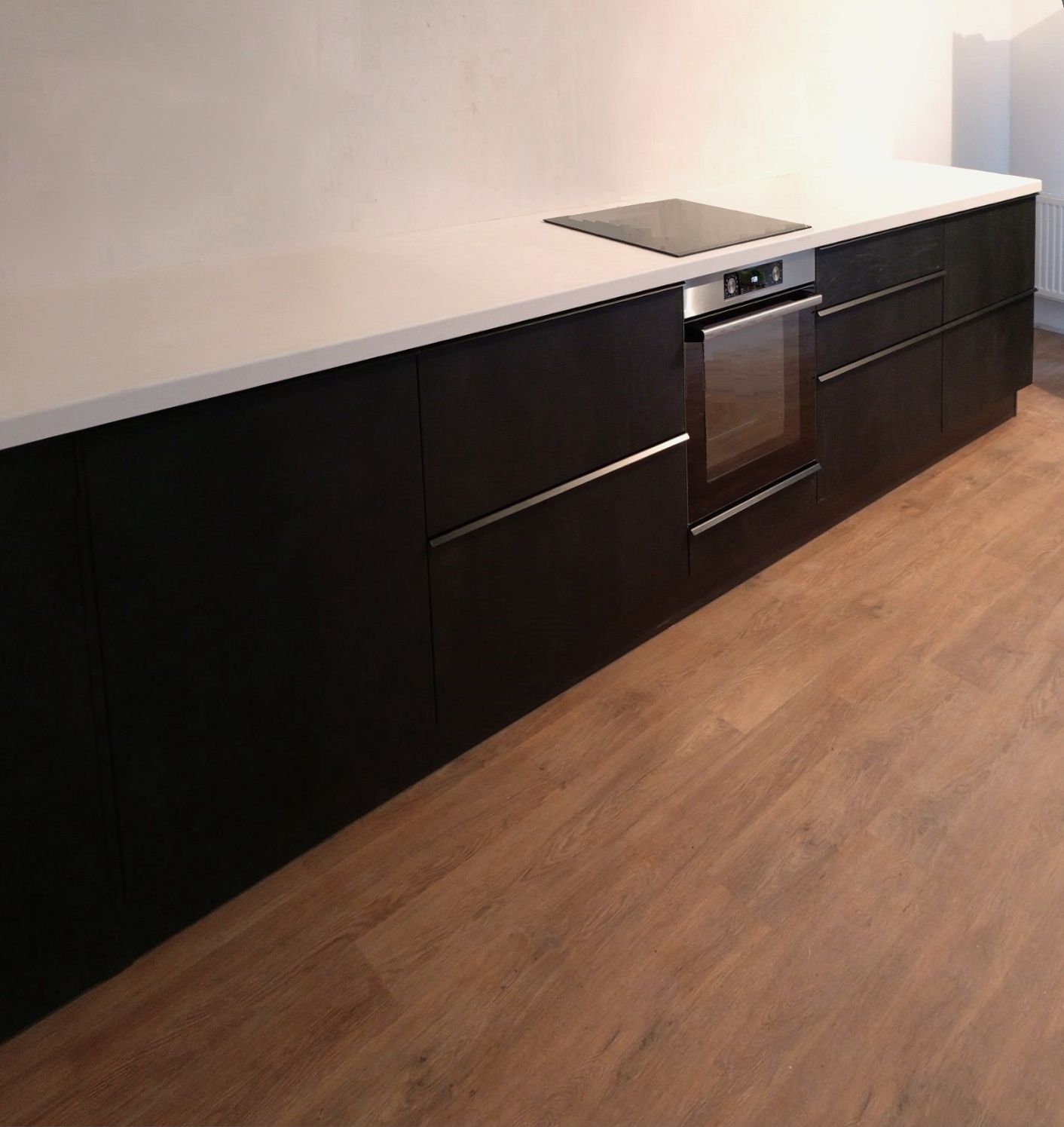
Culinary Spaces: Elevated Design
Introduction to Modern Kitchen Design
Kitchens have evolved from being just functional spaces for meal preparation to becoming the heart of the home, where families gather and memories are made. Today, the design of a culinary space is as much about aesthetics as it is about utility, making kitchen design a critical aspect of home planning. This article delves into the elements of elevated kitchen design and how homeowners can create functional, beautiful, and modern culinary spaces.
Incorporating Functionality with Style
The key to a well-designed kitchen is the harmony between functionality and style. An effective layout is the foundation, typically built upon the principle of the kitchen work triangle, connecting the three primary work areas: the sink, the stove, and the refrigerator. Modern design takes this further by incorporating innovative storage solutions, state-of-the-art appliances, and materials that are both durable and aesthetically pleasing. These elements combine to create a space that is both user-friendly and visually stunning.
Material Selection for Durability and Aesthetics
The choice of materials in a kitchen can make or break the design. Elevated kitchens often feature high-quality, durable countertops in granite, quartz, or even stainless steel. Cabinets in fine woods or sleek laminates add to the overall ambiance while providing essential storage. Flooring options such as hardwood, ceramic or porcelain tile, or luxury vinyl offer durability and ease of maintenance while contributing to the design theme. Incorporating natural materials like stone or wood can also add a sense of warmth and timelessness to the space.
Lighting as a Design Element
Good lighting is pivotal in a well-designed kitchen, serving both functional and aesthetic purposes. Task lighting ensures safe cooking and preparation areas, while ambient lighting sets the mood of the space. Statement lighting fixtures, such as pendant lights over an island or under-cabinet lights, can showcase the kitchen's design and become focal points in their own right. Advances in LED technology allow for a myriad of lighting choices, efficient energy usage, and incorporation of smart home technology.
Technology Integration for Modern Convenience
Smart home technology integration elevates culinary spaces to new heights. State-of-the-art appliances with smart features can be controlled via smartphone, making cooking and managing the kitchen more convenient and efficient. Innovations such as touch faucets, programmable ovens, and refrigerators that can help manage grocery lists are just a few examples of how technology is transforming the kitchen experience.
Creating a Personalized Space
An elevated kitchen design is ultimately about creating a space that reflects the homeowner's personal style and meets their unique needs. Personal touches like a custom backsplash, unique cabinet hardware, or a built-in wine cooler can express individuality while adding to the space's functionality. The incorporation of color, texture, and design elements that resonate with the homeowner ensures that the kitchen is not only a showcase of design excellence but also a personal haven.
Conclusion: The Heart of the Home Redefined
In the modern home, the kitchen is more than a place to cook; it's a place to live, laugh, and love. Elevated kitchen design merges functionality, aesthetics, technology, and personalization to create spaces that are both inspiring and welcoming. As the true heart of the home, a well-designed kitchen not only caters to the practical aspects of cooking but also enriches the daily lives of those who gather there.